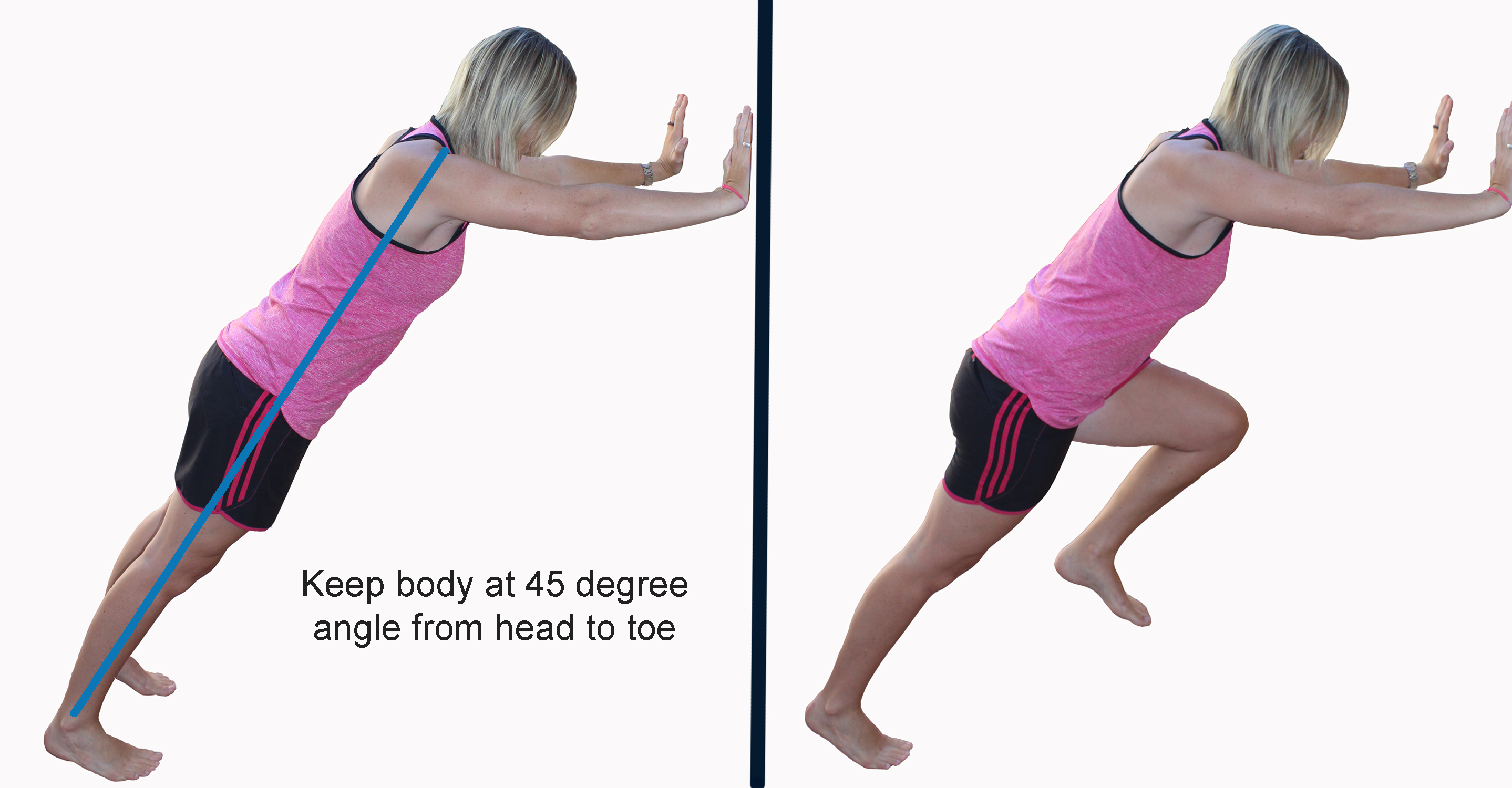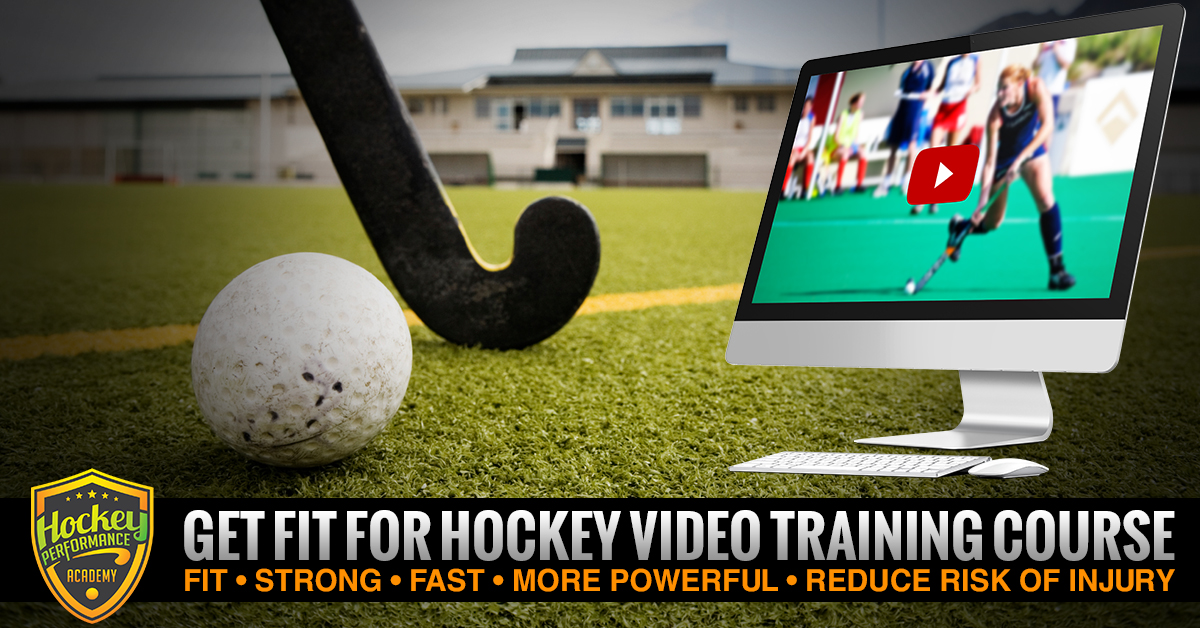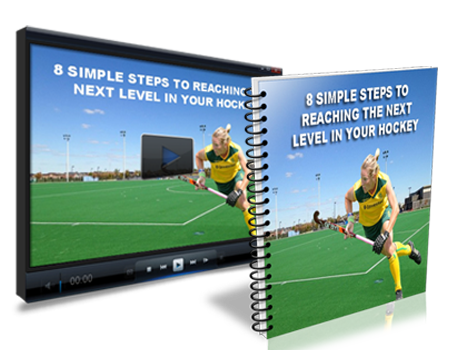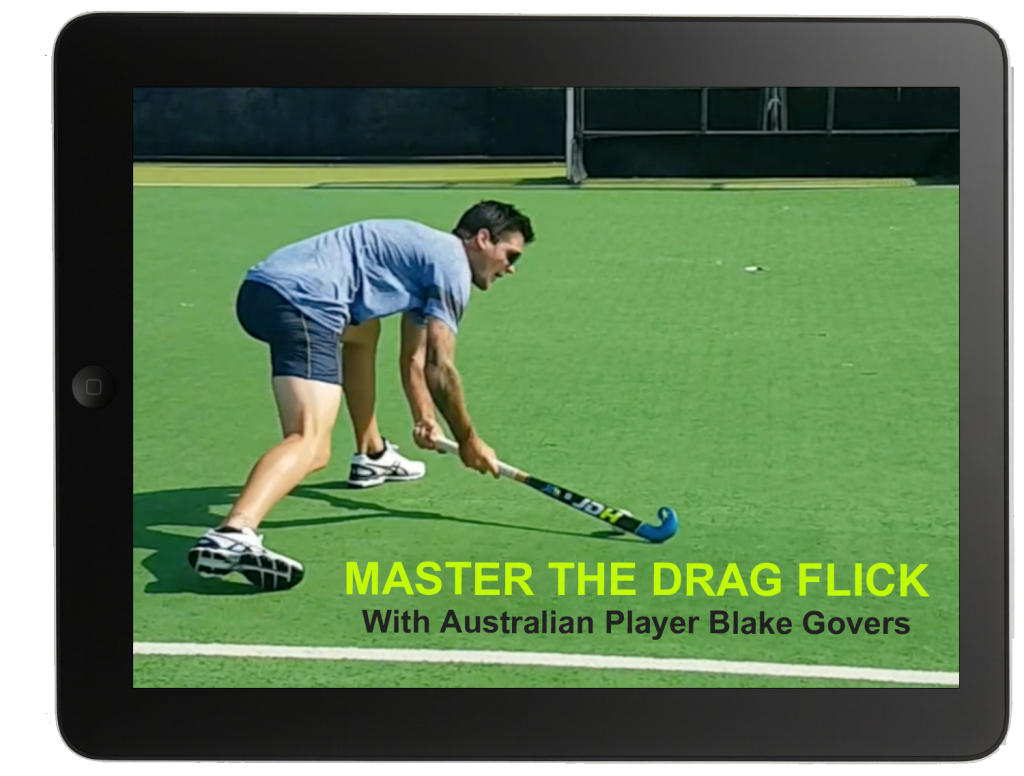* I recently wrote this post as an article that was featured in Planet Hockey Magazine
In the modern game, speed can be a huge advantage.
It could be the difference between winning a 50/50, closing down a dragflicker at a short corner, bursting into space which creates a dangerous attack or making a crucial interception.
When talking about speed in hockey, there are a few things to consider:
- During a game most players will change direction at least every 5 seconds
- It will usually take roughly 50m for the average player to reach top speed which means that in a game of hockey, unless you see a player sprinting the distance of half the pitch in a straight line, hockey players tend not to reach top speed
- Speed is about how fast you can sprint at maximum velocity whereas acceleration is reaching top speed as quickly as possible
- Acceleration is typically the first 10-20m (even 5m) which could be the difference between gaining possession or not
Therefore when I refer to speed in hockey I am referring predominantly to acceleration and agility.
Speed is a very broad topic and can be quite complex so for the sake of this article I will focus on a few basic concepts to improve acceleration over a short distance.
There are 3 primary areas which can be trained to improve acceleration:
1) Increase stride frequency: refers to the number of steps taken where methods of overspeed training such as running downhill are often used.
2) Improve sprinting mechanics: this is the technique part which in hockey is where I train people to improve their body position for acceleration, improve footwork and agility to change direction and react as fast as possible
3) Increase stride length: Stride length methods focus on exerting more force (strength) into the ground at foot strike, although it is not just about the amount of force but also how quickly that force can be produced (power).
That means that a large part of acceleration comes from strength and power.
A simple way of improving acceleration is by lifting a combination of heavy and light loads and then adding in some basic plyometrics (once you have sufficiently prepared your body to take the demand through strength training).
Here are some guidelines to improve your speed:
1. You must warm up fully
Before doing any form of speed based training you must take at least 10-15 minutes preparing your body and mind for what you are about to do.
2. You must sprint at 100%
In order to get faster you must sprint at 100% which means that getting enough rest between sprints becomes crucial. There is a difference between training for speed and training for endurance. Most people don’t take enough rest so don’t get faster.
3. Work on flexibility & mobility
The hips in particular are extremely important when it comes to speed so make sure you do plenty of mobility exercises, stretching and foam rolling.
4. Develop a stable core
The core is essentially the muscles which link the upper body to the lower body. Having a stable core is key to being faster, maintaining control and staying balanced. Medicine balls and stability balls are great tools for this.
5. You must pre-condition your muscles
Sprint training places great demand on the body so pre-conditioning is essential to prepare the body to withstand these forces. Doing too much too soon could result in injury. Make sure you have a good strength base before undergoing sprint work. Remember the stronger you are, the more force you can apply to the ground.
6. Sprint work shouldn’t take longer than 10-15 minutes
Always do sprint work first. Remember speed training is not about making you tired, it’s about making you faster and improving your technique.
7. Mechanics are important
When accelerating you should aim to lean your body at a 45 degree angle to the ground, driving the foot down into the ground to create maximal force. During acceleration the foot should strike directly below or slightly behind the hips.
An Effective Exercise For Improving Acceleration
There are many different techniques and mechanics that I teach but this is one of the exercises that I use for developing linear acceleration.
But be aware it’s a lot harder than it looks.

The Wall Drill: One of the most effective exercises that I use to teach and demonstrate the correct linear acceleration technique for an explosive burst of speed
Instructions:
- Lean your body 45 degrees to the ground with your hands against a wall, keeping your arms parallel to the ground.
- Your feet should be behind your hips and your core should be tight
- Your body should form a straight line from head to toe
- Raise one leg so that the ankle is beneath the hips and then march alternating legs
- Keep your focus on maintaining core control and driving the feet into the ground
- Don’t let your heels touch the ground, they should be slightly raised off the floor
Most players struggle just to hold the correct posture, so start with a 1 count march and hold alternating legs.
Then you can progress to a 3 count and hold before repeating several times.
In this post I’ve only focussed on linear acceleration, but agility is a large part of hockey speed which has various mechanics & techniques for changing direction quickly.
Want a structured hockey specific program?
You may be interested in our Fit For Hockey Program which includes both off & in-season training plans, perfect for any time of the year.
GET MORE TIPS…
If you enjoyed this post then signup to receive our latest hockey tips plus exclusive video training only available to subscribers
















